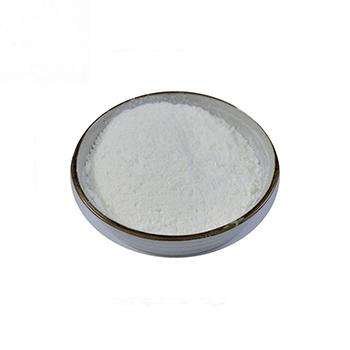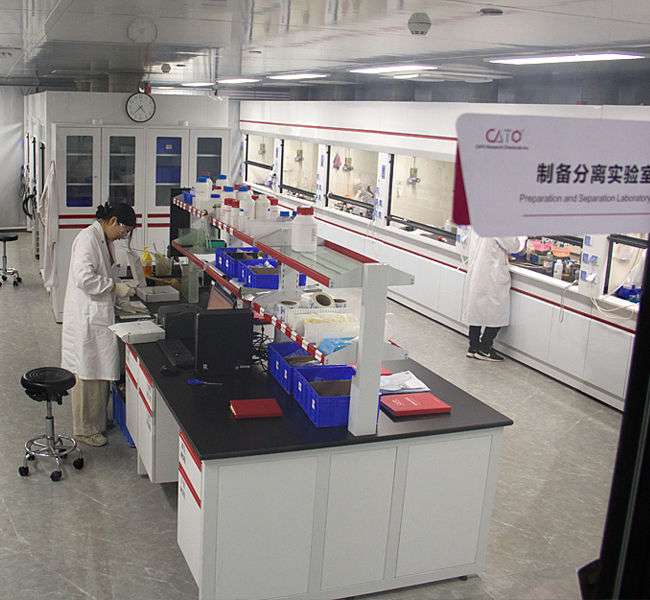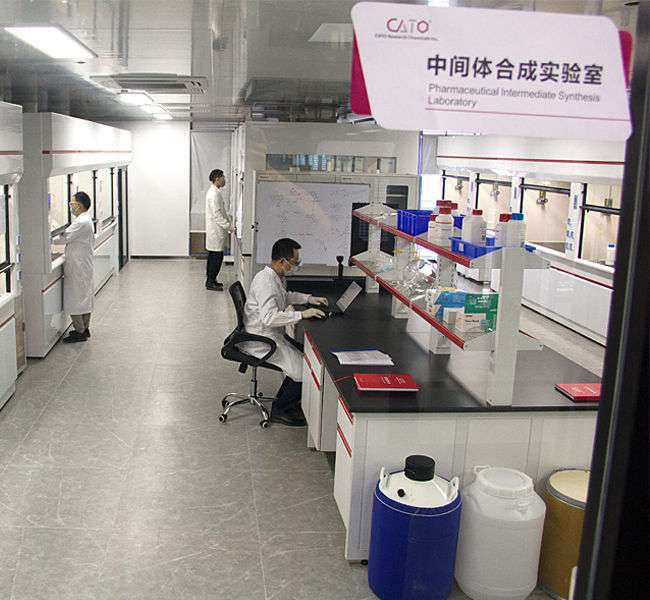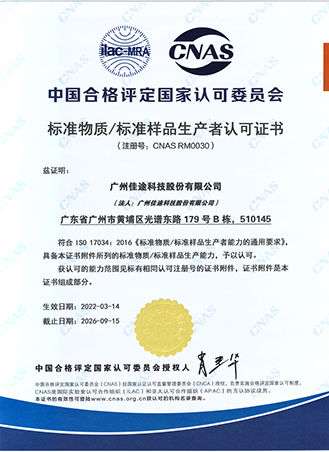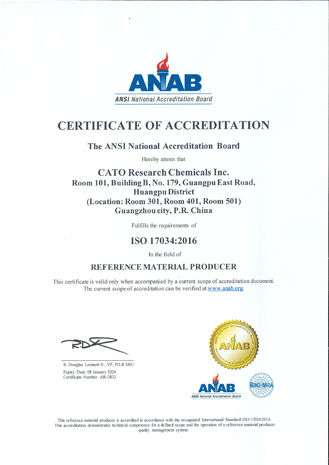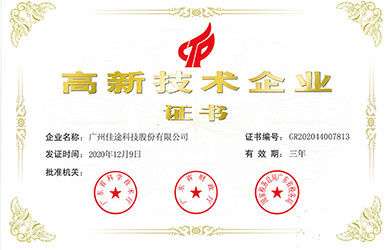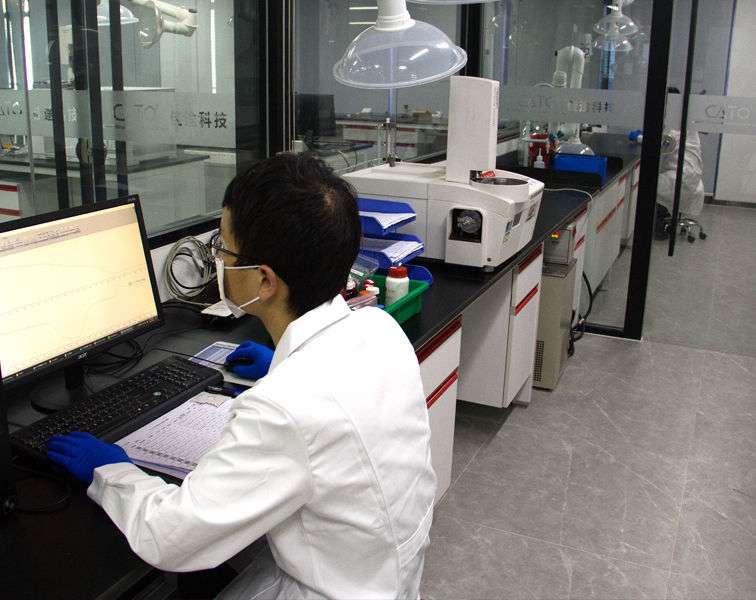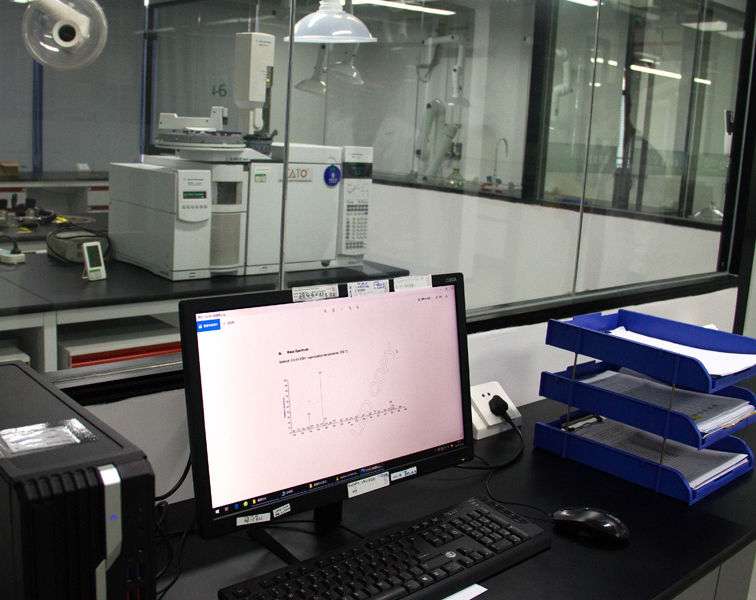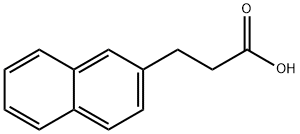Guanidinoethyl Sulfonate (CAS 543-18-0): Comprehensive User Guide
Table of Contents
1. Product Overview & Specifications
Guanidinoethyl Sulfonate (CAS 543-18-0) is a competitive inhibitor of creatine transporters, widely used in biochemical and neurological research. Below are its key specifications:
| Parameter | Details |
|---|---|
| Chemical Name | 2-Guanidinoethanesulfonic acid |
| CAS Number | 543-18-0 |
| Molecular Formula | C3H9N3O3S |
| Molecular Weight | 167.19 g/mol |
| Purity | ≥98% (HPLC) |
| Solubility | Water, DMSO |
| Storage | 2-8°C, dry |
2. Applications & Use Cases
Primary Research Uses
- Creatine Transporter Inhibition: Blocks cellular uptake of creatine to study energy metabolism disorders.
- Neurological Studies: Models cerebral creatine deficiency syndromes (CCDS) in vitro and in vivo.
- Cardiovascular Research: Investigates myocardial creatine depletion effects.
- Drug Development: Screens therapeutic agents targeting creatine metabolism pathways.
Experimental Protocols
Example 1: Add 10-100 µM Guanidinoethyl Sulfonate to cell culture media (e.g., HEK293 or neuronal cells) for 24-48 hours to inhibit creatine uptake. Monitor ATP levels via luminescence assays.
Example 2: Administer 150 mg/kg/day intraperitoneally in rodent models for 2 weeks to induce systemic creatine deficiency.
3. Comparative Analysis
| Feature | Guanidinoethyl Sulfonate | Guanidinopropionic Acid | Cyclocreatine |
|---|---|---|---|
| Inhibition Mechanism | Competitive | Non-competitive | Substrate analog |
| Solubility | High in water | Moderate | Low |
| Cell Permeability | Excellent | Good | Poor |
| Research Applications | Broad-spectrum | Limited to muscle studies | Cancer research |
4. Client Success Stories
Case Study 1: University of Cambridge, UK
Challenge: Modeling CCDS in zebrafish to test gene therapy efficacy.
Solution: 100 µM Guanidinoethyl Sulfonate in embryo medium for 72 hours.
Outcome: Achieved 90% creatine transporter inhibition; published in Nature Neuroscience (2023).
Case Study 2: Max Planck Institute, Germany
Challenge: Studying cardiac hypertrophy in creatine-depleted rats.
Solution: 14-day IP injections at 150 mg/kg/day.
Outcome: Identified novel biomarkers for heart failure; patent filed (WO2023124567).
Case Study 3: Shanghai Institute of Biochemistry
Challenge: High-throughput screening of 5,000+ compounds for CCDS treatment.
Solution: Automated Guanidinoethyl Sulfonate-treated cell assays.
Outcome: Discovered 3 lead candidates; Phase I trials ongoing.
5. Contact for Inquiries
Request custom formulations, bulk orders, or technical support:
Email: info@vivalr.com
Tel: (86) 15866781826
Global Shipping: Available via DHL/FedEx with cold chain support.

